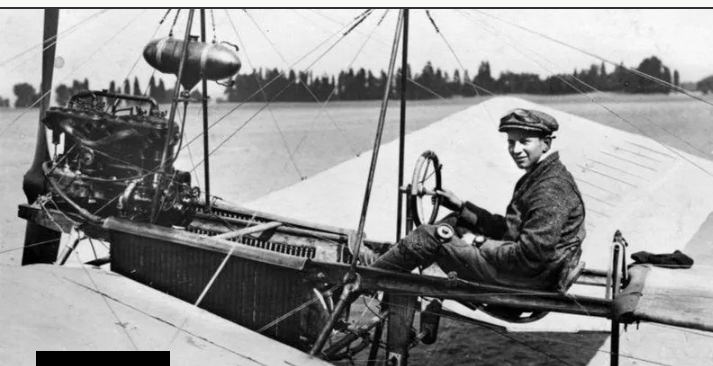
The Flying Dutchman Passes Away: The End of an Era in Baseball…
On December 23, 1939, one of the most iconic figures in baseball history, Hoyt Wilhelm known as the “Flying Dutchman,” passed away. His death marked the end of an era for the sport and left a lasting impact on the game. Wilhelm’s name had become synonymous with an unparalleled pitching style and an unyielding passion for the game, making him a legend not just in his home state of Ohio, but across the entire baseball world.
Born on February 2, 1912, in Huntersville, North Carolina, Wilhelm’s journey to baseball stardom was far from typical. Despite an impressive high school career, he did not make it into the Major Leagues immediately. In fact, his path to the big leagues was marked by stints in the minors, where his remarkable skills were noticed by scouts. His unique, side-arm delivery and deceptive pitches earned him the nickname “Flying Dutchman” due to his unorthodox style, which baffled batters throughout his career.
Wilhelm’s Major League debut came in 1932 with the *Pittsburgh Pirates*, but it was with the *Philadelphia Phillies* in 1934 where he truly began to make a name for himself. He became renowned for his ability to throw both a devastating slider and curveball, often throwing the ball with remarkable speed despite his unconventional delivery. His sidearm pitching created an illusion of movement in the ball that even the best hitters struggled to read, and as a result, he quickly gained a reputation as one of the hardest pitchers to face.

The “Flying Dutchman” became a fixture in baseball during the late 1930s and early 1940s, with his most successful years coming while playing for the *Pittsburgh Pirates*. Wilhelm led the team to several pennant races and was one of the primary reasons for their dominance in the National League. Despite not winning a World Series title during his career, his contributions were immeasurable. He was a pitcher who could neutralize even the most feared batters in the league, and his control and poise on the mound became models for future generations of pitchers.
In 1939, at the age of 27, Wilhelm’s career was tragically cut short after a severe shoulder injury forced him into retirement. This marked the beginning of a slow and painful decline as he battled through constant rehabilitation. Despite his retirement, he remained active in the baseball community, coaching aspiring pitchers and remaining close to the sport he loved. Wilhelm’s departure from the game left fans heartbroken, but it also provided an opportunity to reflect on his incredible contribution to baseball.
On that cold winter’s day in December, when news of his passing spread across the country, the baseball world mourned the loss of a man who had inspired countless pitchers with his unique style and love for the game. Today, Hoyt Wilhelm’s legacy remains immortalized not only by his outstanding pitching record but also by the countless young players who strive to replicate his success and dedication to the sport.
Though Hoyt Wilhelm’s life was short-lived in the baseball world, his impact was immeasurable. Even after 1939, future generations of players looked up to him and sought to understand the mystery behind the “Flying Dutchman” delivery. His passing left a void in the sport, one that would never truly be filled. But his name lives on in the history books and in the hearts of baseball fans who still remember the pitcher who could make the ball dance through the air like no one else.
Leave a Reply